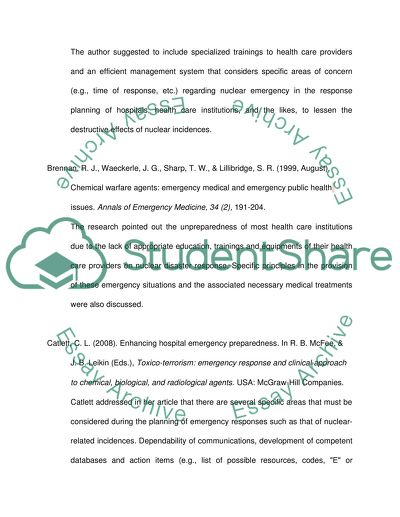Cite this document
(“Annotated Bibliography on Hospital Emergency System”, n.d.)
Retrieved from https://studentshare.org/health-sciences-medicine/1406989-annotated-bibliography-on-hospital-emergency-system
Retrieved from https://studentshare.org/health-sciences-medicine/1406989-annotated-bibliography-on-hospital-emergency-system
(Annotated Bibliography on Hospital Emergency System)
https://studentshare.org/health-sciences-medicine/1406989-annotated-bibliography-on-hospital-emergency-system.
https://studentshare.org/health-sciences-medicine/1406989-annotated-bibliography-on-hospital-emergency-system.
“Annotated Bibliography on Hospital Emergency System”, n.d. https://studentshare.org/health-sciences-medicine/1406989-annotated-bibliography-on-hospital-emergency-system.


